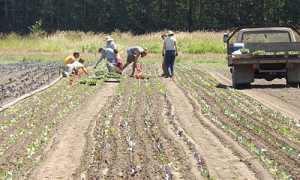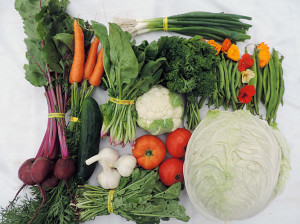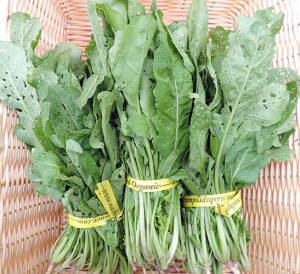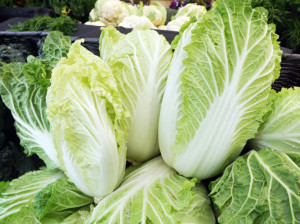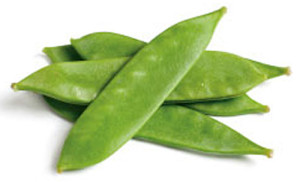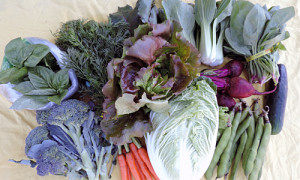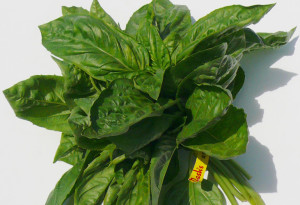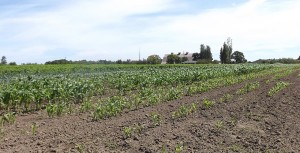Developing local varieties
This week, our crew planted some varieties of cabbage in and amongst our own cabbage beds with the guidance of Dr. John Navazio, senior scientist with Organic Seed Alliance (OSA). OSA is a nonprofit located in Port Townsend that works directly with farmers all across the country to develop varieties that suit local growing conditions, using methods that farmers have employed ever since agriculture started in the Fertile Crescent thousands of years ago. Thanks to OSA, the staff at Nash’s, especially vegetable managers Chris Tipton and Waylon Barrett, have learned plant breeding and seed production skills, as well as how to conduct on-farm variety trials like the cabbage trial planted this week.
The varieties of cabbage in the trial will receive exactly the same treatment that our farm gives its own cabbage crops. That way, we will be able to see which of the new varieties respond well to our soils , irrigation, and weather conditions. If we find a variety that thrives here, demonstrates resistance to local pests, and tastes good, we will continue to grow small patches of it for the next few years and save seed from it. Dr. Navazio has been critical to this process as Chris and Waylon learn how plant genetics work, how to harvest and clean seed, and how to conduct their own on-farm trials.
As the seed industry consolidates and chemical-pharmaceutical companies like Monsanto, Dow and Dupont take control over what was once our common agricultural heritage, organizations like OSA are critical to organic farms worldwide. Seed should not be something a corporation can patent. We’ll talk more about seed in the coming weeks, but meanwhile, check out OSA’s website at seedalliance.org.

